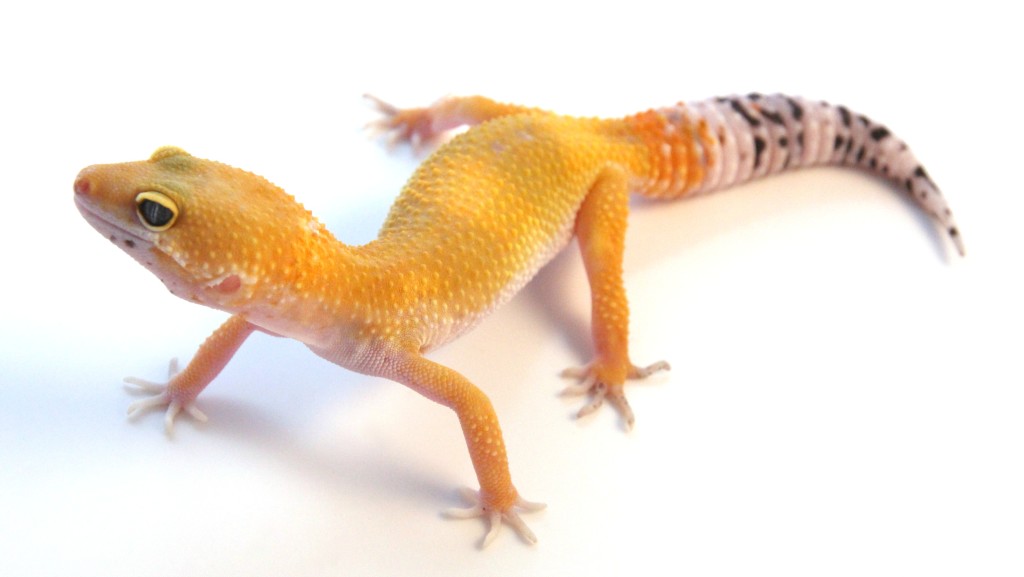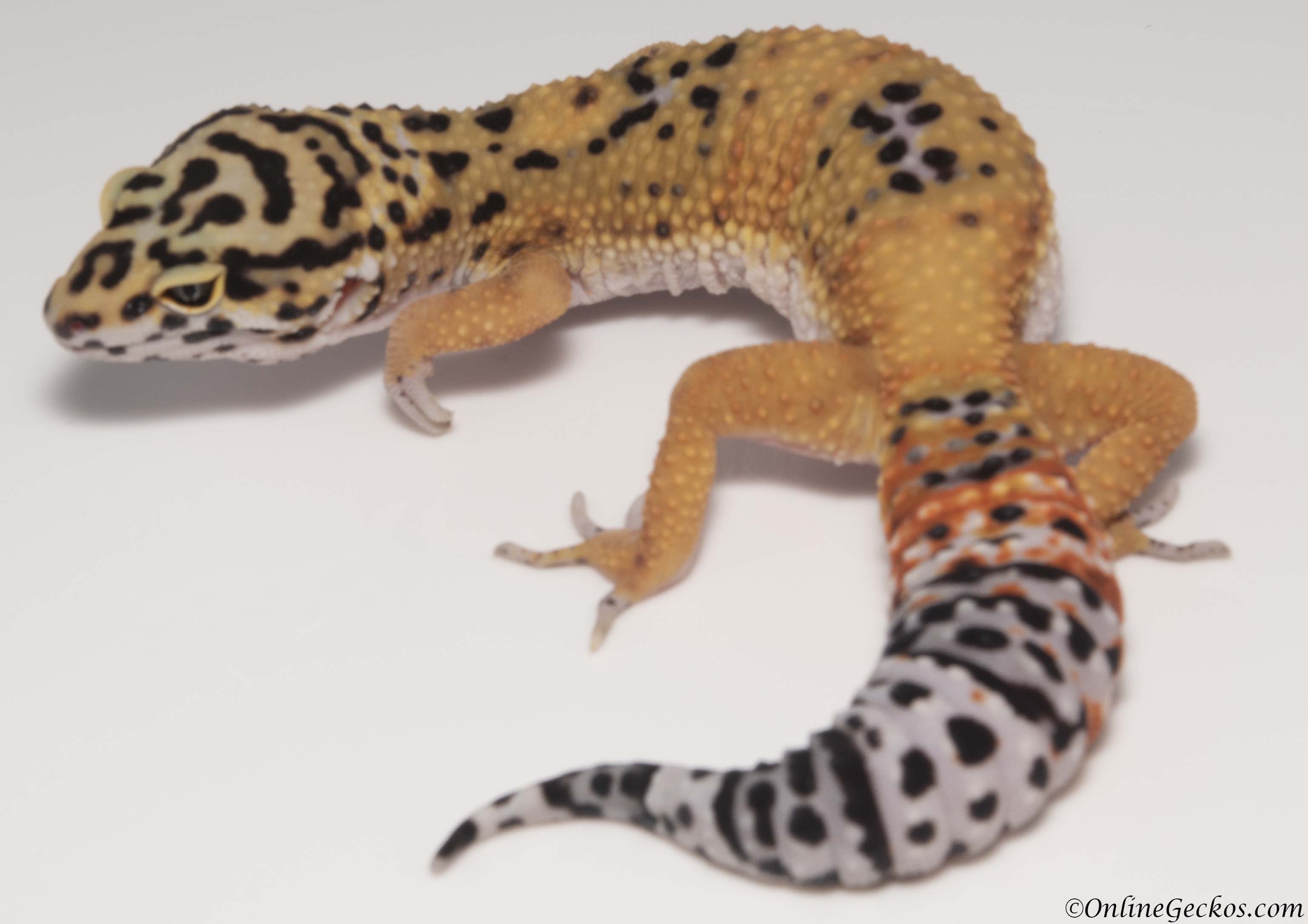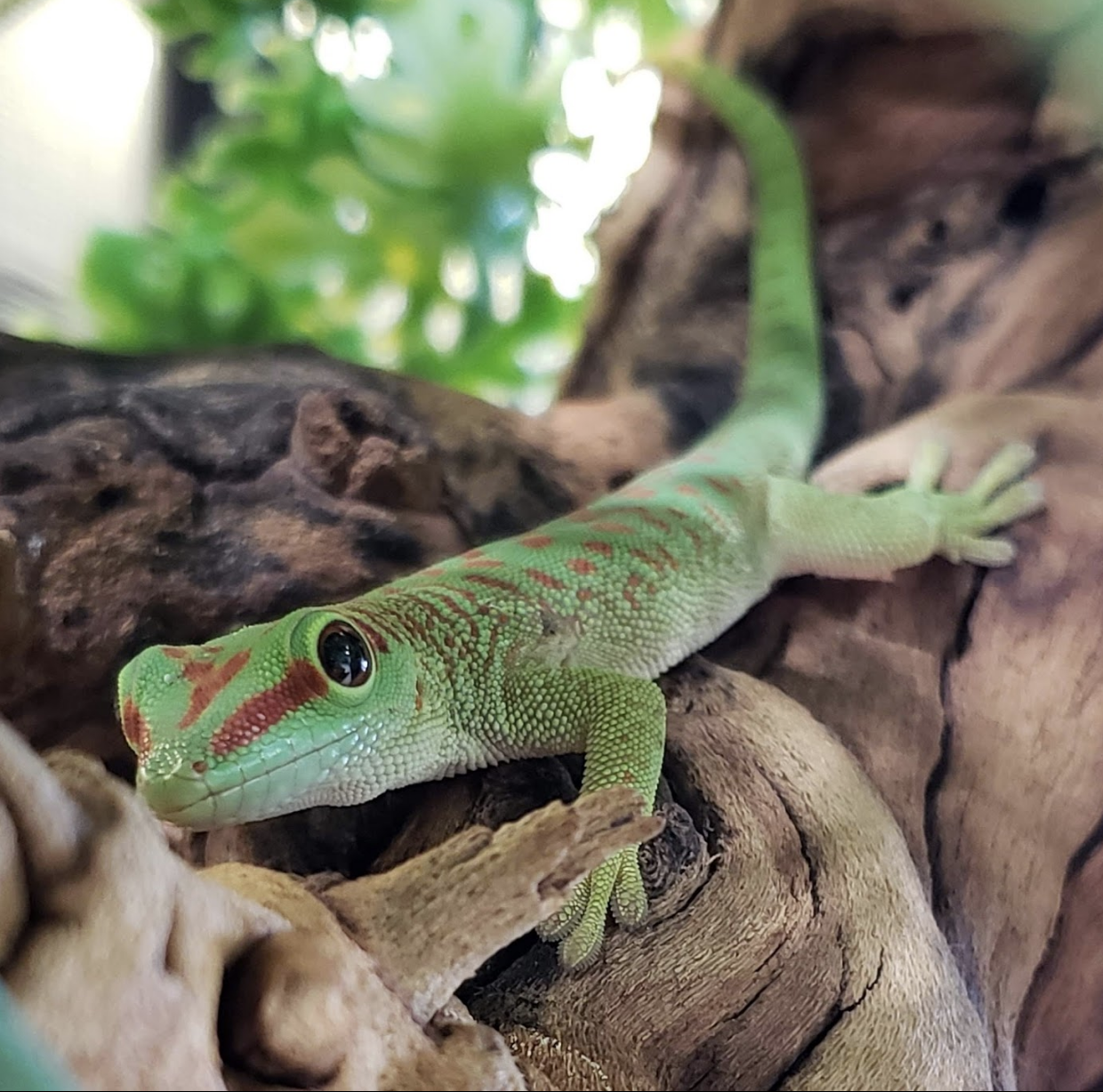

They also stay in underground holes and burrows during the daytime, not only to avoid the heat but to also avoid the risk of getting eaten.

Their sense of taste and smell also helps them with survival. Along with their exceptional sight and hearing abilities, their skin helps camouflage themselves from their predators. Their keen sense of hearing and sight help them escape from them during the night. Common leopard geckos have many predators such as snakes, foxes, and other large reptiles. Winter temperatures in the native habitat of Common leopard geckos can be quite low, below 10 ☌ (50 ☏), forcing the animals underground into semi-hibernation, called brumation, living on fat reserves. In the wild they are mostly limited to burrows and shaded areas during the day, becoming more active at dawn and dusk when the temperature is favorable, and are often active quite sporadically in captivity.

Common leopard geckos are solitary and do not usually live with other animals.


 0 kommentar(er)
0 kommentar(er)
